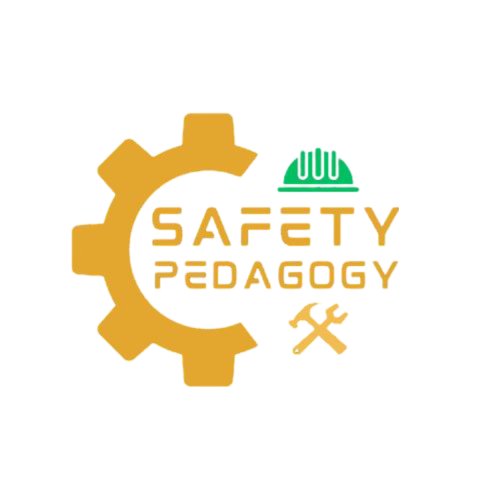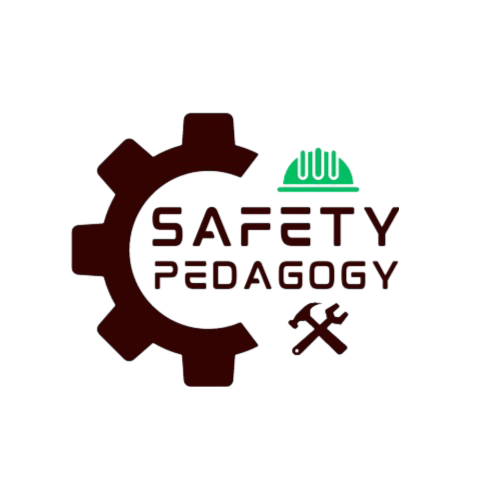Toolbox Talks
Topic: Basic Awareness of Lifting Operations
Introduction
Every type of lift has a set of risks that need to be managed if the lift is to be undertaken in a safe and efficient manner. To give a clear focus on this issue, we all as a team have to follow safe procedure of Lifting & Rigging Operations.
Hazards during lifting operations:
- Unauthorized people.
- Overhead Power line electrocutions.
- Crane failure.
- Rigging failure.
- Overloading.
- Weather.
- Falls.
Responsibilities of Lifting Supervisor:
- Ensure that all existing accessories are regularly inspected, properly maintained and stored correctly,
- Ensure all inspected and re-certified equipment is marked with the relevant color code and the relevant number on gear conforms to that on certification,
- Ensuring that the Crane Operator are certified for all crane operations,
- General alarm or emergency to be operational in suspending crane activities,
- Ensuring load transfers are correctly planned and rigged for lifts. For routine lifts he may delegate this responsibility to the Rigger Foreman,
- The lifting slings or chains are correctly secured to the load,
- Equipment is clearly identifiable and inspected (e.g. types, capacity, ID numbers, etc.).
- Each item marked with current color code,
- All rigging gear without valid certification is kept in a segregated location, clearly labelled, not for use/ quarantined, and cannot be used (tied-up by chain and pad lock awaiting the certification).
- Every 6 months for lifts & hoists, 12 months for all other lifting equipment (by 3rd party authorized firm).
Lifting Supervisor shall ensure that every lifting operation is properly planned by a competent person, appropriately supervised and carried out in a safe manner.
- A risk assessment and a lifting plan have been prepared for the operation. The lifting equipment and method must be selected by a qualified safety officer.
- The weight of the load is known and falls within the safe working load for the equipment to be used.
- The operators are fully trained and qualified. The cranes and other lifting equipment must be operated by trained workers.
- The lifting equipment’s safety devices are in good working order.
- An identification system (color code or equivalent) is used to certify that the lifting accessories have been inspected at regular intervals.
- The lifting devices and accessories such as slings and shackles have been visually inspected before use.
- The lifting has been barricaded.
- The signal man must be present at working location.
During Work
What do Employees / Operators need to know?
- Proper equipment operator instructions.
- Load limits and capacities of each payload.
- Safe rigging practices.
- Operator inspection requirement at the start of each shift.
- Equipment inspection and maintenance at regular intervals.


Thanks for the update and post. Every operator or rigger that want his job perfectly done must undergo safety’s rules and this is while HSE is very important in the field of lifting and other works. Thanks once more for this